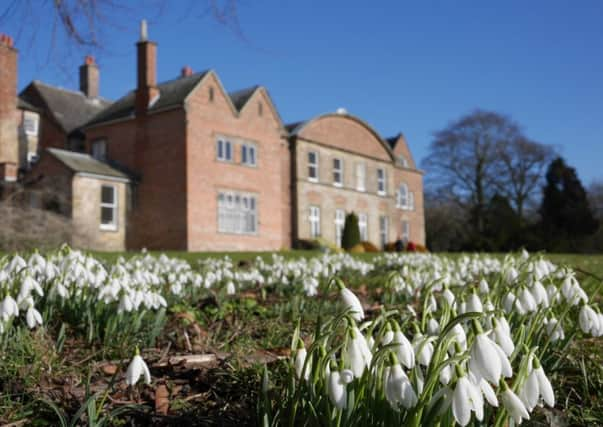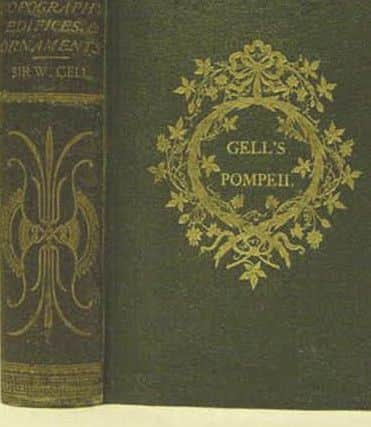COLUMN: Gell was no April fool


He was a scholar, archaeologist, topographer, writer, artist and historian - and passionate about the ancient world.
William was born at Hopton, near Wirksworth, in Derbyshire, to a family who had made their wealth in the lead mining industry.
Advertisement
Hide AdAdvertisement
Hide AdHe was educated at Derby School and then went to Cambridge. He had many eminent friends, including Sir Walter Scott and Lord Byron and travelled extensively, producing exquisite drawings and plans of the places he visited.


In the early 1800s he travelled in Greece and some of the neighbouring islands. In 1807 he was elected a Member of the Society of Dilettanti – a society of noblemen and gentlemen, which sponsored the study of ancient Greek and Roman art.
In 1811 this Society commissioned Gell to explore Greece and Asia and these travels resulted in several publications, which became well known and respected in scholarly circles. He was knighted in 1814. In 1815 Gell settled in Naples, and obtained special permits for visiting the ongoing excavations at nearby Pompeii at all hours, so could keep a good record.
He made detailed plans and views of the streets and houses as well as detailed descriptions. Much of the work was published in his book ‘Pompeiana: the Topography, Edifices and Ornaments of Pompeii’, his best known work.
Advertisement
Hide AdAdvertisement
Hide AdGell’s other works included Topography of Rome and its Vicinity, Topography of Troy and its Vicinity, and Geography and Antiquities of Ithaca.


Sir William Gell died at Naples on February 4 1836. His numerous drawings of classical ruins and localities, are preserved in the British Museum and at Derbyshire Record Office in Matlock.
The ancestral home of the Gell family was the lovely old house now known as Hopton Hall. The hall is an 18th-century country house that is a Grade II listed building.